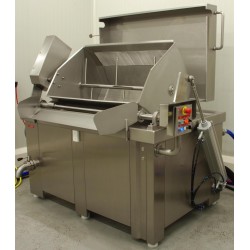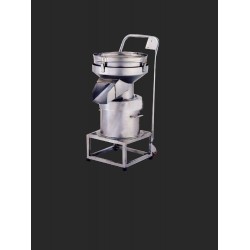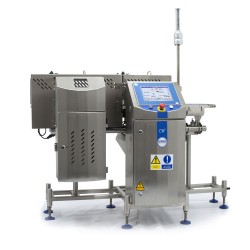Nuts, seeds, coffee beans
The processing of nuts may include several stages, depending on their type and purpose. The following are the general processing steps for nuts:
Cleaning: Nuts may contain shell residue, dust or dirt, so they must be thoroughly cleaned before processing. This can be done by brushing or rinsing in water.
Cutting: If nuts are supplied with shells, they must first be shelled. This can be done with special machines that crack the shell.
Drying: After the nuts have been cleaned and pitted, they must be dried. This can be done naturally or with special dryers.
Roasting: Many types of nuts are roasted before consumption. This allows you to improve the taste and aroma of nuts. Roasting is carried out using special roasters.
Packing: After all stages of processing, the nuts are packed for sale. Packing can be done in bags, jars or boxes, depending on the purpose and requirements of consumers.
Seed processing is in many ways similar to processing nuts, and has the same stages, but still has a number of differences, the main of which is that the majority of nuts have a hard shell, and the shell of the seeds is quite soft. Usually the nuts are split into two parts to remove the shell with the help of special machines. Some types of nuts, such as walnuts or cashews, have a more complex shell structure that also needs to be removed.
After the shell is removed, the nuts go through a cleaning and drying step that is similar to seed processing. However, roasting nuts can be done in several different ways. For example, some types of nuts, such as walnuts or almonds, are dry-roasted in ovens, while others, such as cashews, are roasted in oil.
In general, nut processing is more complex and labor intensive than seed processing due to the hard shells. However, the processing of nuts also gives the product a special flavor and aroma, which makes them a popular ingredient in various dishes and confectionery.
A significant volume of the market for such products is occupied by the market of coffee beans.
The processing of coffee beans after harvest consists of:
Collection and drying: Coffee beans are collected and placed in the sun or in special dryers for drying.
Cleaning: The grains are then placed in cleaning machines that remove excess skins and other impurities from them.
Roasting: After cleaning, the grains are roasted in special ovens, where they acquire their characteristic aroma and taste.
Grinding: Roasted beans are ground in a coffee grinder or on special equipment for coffee shops.
Preparation: Ground beans are used to make coffee in coffee machines, turks, filters or other devices.
- Nuovo

 English
English
 Deutsch
Deutsch
 Français
Français
 Español
Español
 Italiano
Italiano
 Português PT
Português PT











